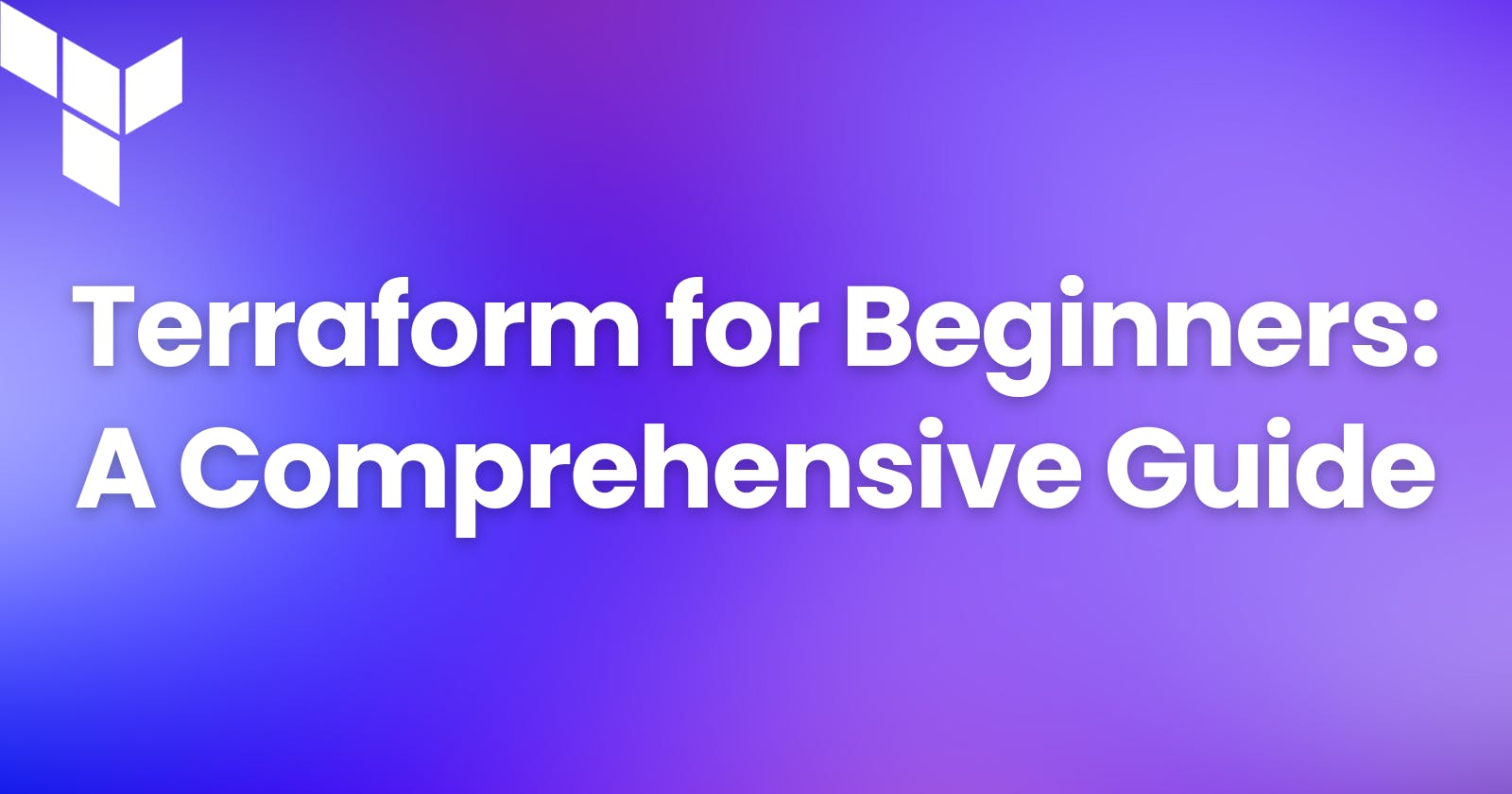In today's blog, we're going to explore the world of Infrastructure as Code (IAC), a revolutionary approach to managing and provisioning IT infrastructure. Terraform has emerged as a game-changer in the realm of DevOps, enabling organizations to automate and streamline their IT operations, fostering agility, efficiency, and cost-effectiveness.
Terraform
Terraform is an open-source infrastructure as code (IaC) software tool created by HashiCorp. It enables users to define and manage infrastructure using a declarative language, which makes it easy to create, change, and destroy infrastructure in a predictable and consistent way.
Use Cases
Terraform can be used for a wide variety of use cases, including:
Provisioning and managing infrastructure in the cloud: Terraform can be used to provision and manage infrastructure in a variety of cloud providers, including Amazon Web Services (AWS), Google Cloud Platform (GCP), Microsoft Azure, and VMware vCloud.
Managing on-premises infrastructure: Terraform can also be used to manage on-premises infrastructure, such as servers, networking devices, and storage systems.
Automating infrastructure changes: Terraform can be used to automate infrastructure changes, such as creating new virtual machines or adding new network segments.
Enforcing infrastructure compliance: Terraform can be used to enforce infrastructure compliance, such as ensuring that all resources are tagged with the appropriate metadata.
Features
Terraform has a number of features that make it a powerful tool for managing infrastructure, including:
Declarative language: Terraform uses declarative language, which means that users describe the desired state of their infrastructure rather than how to achieve that state. This makes it easy to read and understand Terraform configurations, and it also makes it easy to change infrastructure.
Modularity: Terraform configurations are modular, which means that they can be broken down into smaller, reusable pieces. This makes it easy to manage complex infrastructure and to share configurations with others.
Versioning: Terraform supports versioning, which means that users can track changes to their infrastructure over time. This makes it easy to roll back to previous versions of infrastructure if necessary.
Community: Terraform has a large and active community, which means that there is a wealth of resources available to help users learn and use the tool.
Commands
Terraform has a number of commands that users can use to manage their infrastructure, including:
init: Initializes a Terraform project and downloads the necessary plugins.
plan: Generate a plan of the changes that Terraform will make to infrastructure.
apply: Applies the changes in the plan to infrastructure.
destroy: Destroys the infrastructure that Terraform is managing.
output: Outputs the values of Terraform outputs to the console.
Getting Started with Terraform
To get started with Terraform, you can download the Terraform binary from the HashiCorp website. You can then follow the Terraform Getting Started guide to learn how to use the tool.
Conclusion
Terraform is a powerful tool for managing infrastructure. It is easy to use, modular, and versionable, and it has a large and active community. If you are looking for a way to manage your infrastructure more predictably and consistently, then Terraform is a great option to consider.
I hope this blog was helpful. Please let me know if you have any questions.

